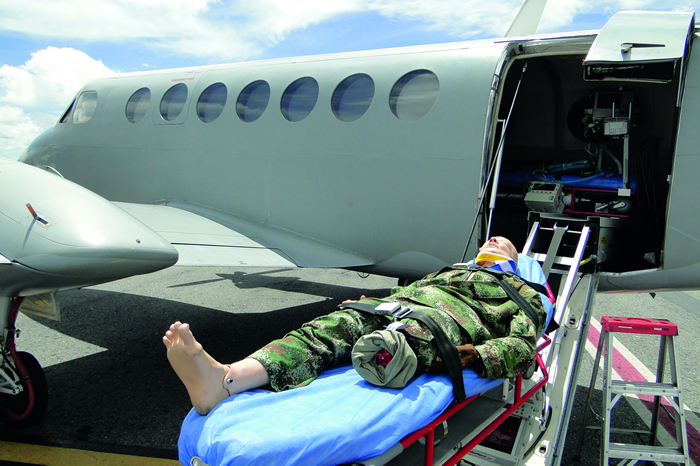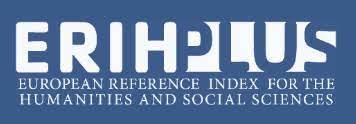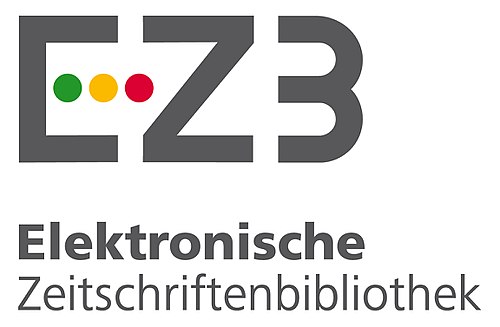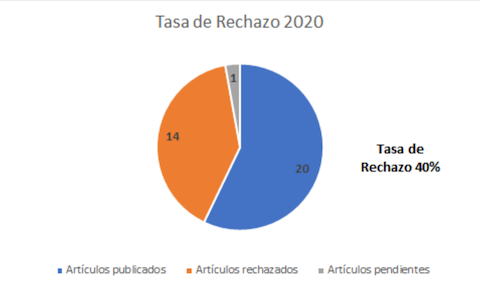Biotelemetry Applications for Three Vital Signals
DOI:
https://doi.org/10.18667/cienciaypoderaereo.428Keywords:
Arduino® Mega ADK, Biotelemetry, Bluetooth, Vital SignsAbstract
Information and communication technologies recently have allowed the complex design of transmission system, and the reception and analysis of biological signal. The monitoring of biological signals and the establishment of a continuous monitoring of different physiological parameters of the patient and the prevention of diseases characterize these kinds of systems. The biotelemetry system due to its complexity and cost has the disadvantage of not being affordable for communities isolated from health services. This reason has caught the attention of researchers of the group TIGUM, who have developed biotelemetry architecture that is functional and operational at short-range. Using Arduino® Mega ADK platform, useful for the diagnosis and prevention of diseases through the data registration and traceability of three vital signs. The architecture uses Bluetooth and ZigBee technologies to facilitate the transmission and the visualization of signals in different electronic devices.Downloads
References
Carrión Pérez, P., Ródenas García, J., y Rieta Ibáñez, J. (2007). Procesado de señales biomédicas. Univ de Castilla La Mancha.
Hertz Electronica. (s.f.). XBee Shield para Arduino. Recuperado en diciembre de 2015. [En línea] Disponible en http://5hertz.com/index.php?main_page=product_info&products_id=496
Ballesteros, D., Melo, H., y Maya Quintero, A. (2010). sistema de transmisión inalámbrica de señales ECG y de temperatura para ambientes hospitalarios (SINHO)-Wireless transmission system of ECG and temperatura for hospital areas. Revista Ingeniería Biomédica, 4(7), 52-60.
Baronti, P. P. (2007). Wireless sensor networks: A survey on the state of the art and the 802.15.4 and ZigBee standards. Computer Communications, 30(7), 1655-1695.
https://doi.org/10.1016/j.comcom.2006.12.020
Boccuzzi , J. (2007). Signal processing for wireless communications. McGraw Hill Professional.
Dodge, J. (2012). Telemetría usando redes de datos de telefonía celular. INGENIARE, 11(11), 67-78.
https://doi.org/10.18041/1909-2458/ingeniare.11.646
Geek Factory México. (febrero de 2014). Bluetooth HC-05 y HC-06 Tutorial de Configuración. Recuperado en diciembre de 2015. [En línea] Disponible en http://www.geekfactory.mx/tutoriales/bluetooth-hc-05-y-hc-06-tutorial-de-configuracion/
IBM. (2015). IBM Knowledge Center. Recuperado en diciembre de 2015, de Casos de uso de telemetría. [En línea] Disponible en http://www-01.ibm.com/support/knowledgecenter/SSFKSJ_8.0.0/com.ibm.mq.pro.doc/q002770_.htm?lang=es
Jiménez Molina, M., Torralbas Ortega, J., y Rumí Belmonte, L. (2014). Tratado de enfermería en cuidados críticos pediátricos y neonatales. Recuperado en diciembre de 2015 de las constantes vitales, monitorización básica. [En línea] Disponible en http://www.eccpn.aibarra.org/temario/seccion1/capitulo4/capitulo4.htm
Kline, J. (2012). Handbook of biomedical engineering. Elsevier.
Melo León , H., y Maya Quintero, A. (2013). Dispositivo para telemetría de señales biológicas que permite la utilización de diferentes tecnologías.
Pérez Rodríguez , G., Brito Zurita, O., Sistos Navarro, E., Benítez Aréchiga, Z., Sarmiento Salazar, G., y Vargas Lizárraga, J. (2015). El seguimiento telemétrico disminuye la visita a la sala de urgencia y coste de atención en enfermos con insuficiencia cardíaca crónica. Cirugía y Cirujanos, 83(4), 279-285.
https://doi.org/10.1016/j.circir.2015.02.001
Ramírez, L., Rodríguez, Y., y Cifuentes Y. (2014). Prototipo de electrocardiógrafo bipolar para uso académico. Ciencia y Poder Aéreo, 9(1), 115-123.
https://doi.org/10.18667/cienciaypoderaereo.140
Robayo Alcocer, M. (2014). Marco Leonardo. Desarrollo de aplicaciones prácticas para microcontroladores ATMEL bajo la plataforma de entrenamiento arduino.
University of Chicago Medicine. (2015). Signos Vitales: Temperatura Corporal, Pulso, Frecuencia Respiratoria y Presión Sanguínea. Recuperado en diciembre de 2015, [En línea] Disponible en http://www.uchospitals.edu/online-library/content=S03963

Downloads
Published
Issue
Section
License
Assignment of Copyrights
Authors assign Ciencia y Poder Aéreo journal the exclusive rights (reproduction, distribution, public communication, and transformation) to exploit and commercialize their work, in whole or in part, in all the formats and modalities of present or future exploitation, in all languages, throughout the life of the work and throughout the world.
All contents published in Ciencia y Poder Aéreo journal are licensed under a Creative Commons Attribution 4.0 International License, whose complete information is available at http://creativecommons.org/licenses/by/4.0/
Under the terms of this license, users are free to download, print, extract, archive, distribute and publicly communicate the content of articles, provided that proper credit is granted to authors and Ciencia y Poder Aéreo, scientific journal of the Graduate School of the Colombian Air Force. Except when otherwise indicated, this site and its contents are licensed under a Creative Commons Attribution 4.0 International License.
For other uses not considered under this license it is required to contact the Director or the Editor of the journal at the e-mail address cienciaypoderaereo1@gmail.com.
The Graduate School of the Colombian Air Force and this publication are not responsible for the concepts expressed in the articles, including the metadata or the affiliation stated by authors. This is the full responsibility of the authors.





















